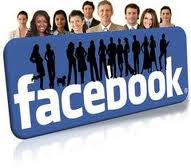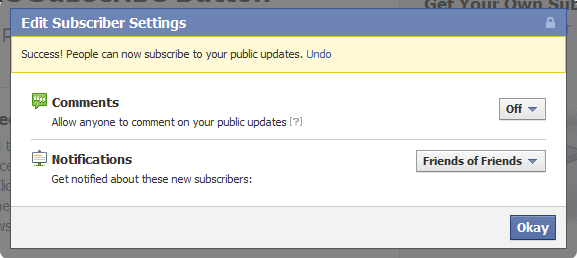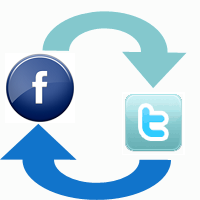Facebook’s new subscription feature is generating a lot of buzz.
The subscribe feature has broad implications unique to public figures–from journalists to celebrities and even elected officials. Because now you can hear from these figures without actually being friends. And, fine tune what you hear from friends and others.
Here are some things to keep in mind about the new subscribe button.

You Must Opt In
This feature doesn’t just kick in automatically. You have to activate it, which you can do by clicking here.
Once you turn it on, Facebook asks whether to allow anyone to comment on your public status updates — if you turn this on, then people who aren’t on your friend list can comment, even if you don’t allow this on your wall.
The site also asks whether you want to receive notifications about new subscribers, and if so, whether to notify you about anyone or just friends of friends. Activating this could fill your inbox in a hurry, but not doing so could have repercussions.
All of these choices really boil down to deciding how much privacy you want for your content. It’s better to think it through than be caught by surprise.

Subscribers Have Control
For many in the public arena, this can be a mixed blessing. Each person can choose to see all. most or only the “most important” updates as determine by Facebook.
Loyal followers can choose to see all of your posts. Under the previous system, less than eight percent of page followers saw each post in their news feeds
More Transparency
Facebook seems to be motivating users to share more things publicly by creating an audience for public updates. Individuals with a lot of subscribers may feel pressure to share more updates publicly.
For journalists and others, they may want to get better acquainted with the Facebook search feature, so they can search public posts like you can on other social platforms.
Beware Of Narcissism
Let’s face it: Adding the new button and asking people to subscribe implies you have information worth sharing. We heard from a lot of journalists, business executives and public officials that the public could subscribe to their feed.
But we’ve also found that the feature stokes narcissism in certain personalities. And they run the risk of coming off as arrogant, self-centered and generally annoying. Beware coming off as a bit pretentious.
Don’t Stalk
The subscribe button enables public figures to use their profile to connect with the public. And with the new control features, public updates can be shared with a broad audience while personal posts can be targeted to friends and family.
But don’t abuse it. And if anything gets out of hand, know that you can block someone from subscribing to your profile, just like you can block friends.
Should You Post From Facebook To Twitter?
While the new subscribe button includes the ability to share your Facebook post on Twitter, think carefully before making your move.
The two social channels are entirely different platforms that require different tones.
Only public wall posts push to Twitter. And Twitter has a 140 character limit, while studies show that Facebook posts that are 80 characters or less are most effective.
Do You Need A Page Too?
Facebook pages had a couple of advantages over profiles: First, you could get updates from an individual without being friends and there was no limit to the number of Facebook fans a page has (while friends max out at 5,000).
There are no limit to the number of subscribers a personal profile can have, so a writer or politician can build a community of personal friends and subscribers around their personal profile.
You may be very comfortable with your page and don’t want to shift over page likes to a profile. And pages still offer nice applications and tabs that are not yet available on a personal profile.
 Follow
Follow